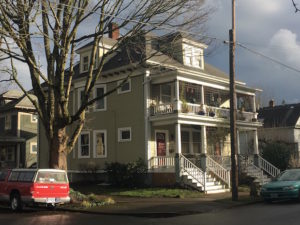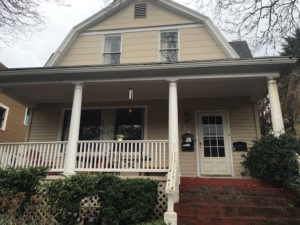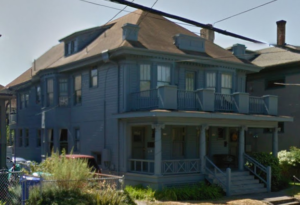By Garlynn Woodsong Chair, CNA LUTC
There’s a pretty hot topic being discussed now in Portland and in other cities across the nation. It’s Missing Middle Housing, a term coined only a few years ago, in 2012, by architect and urban designer Dan Parolek of Opticos Design in Berkeley, CA. The term refers to types of housing that are compatible with single-family homes in scale, but tend to provide more than one dwelling unit per lot, including:
- Townhomes
- Duplexes
- Triplexes
- Fourplexes
- Bungalow Courts
- Carriage Houses (Accessory Dwelling Units)
- Single-room Occupancies
- Townhome Courts
- Courtyard Apartments
- Small Multiplexes
- Live/work units
- Stacked Townhomes
These housing types can fill a much needed market gap, not just for young Millenials, but also for empty-nesters who are downsizing; elders wishing to age in communities; teachers, fire fighters, and the middle class; immigrants and others needing multi-generational housing; and families with children. The types all work regardless of tenure to provide both more affordable homeownership options as well as rental housing in smaller-format structures than the larger apartment buildings found on our main streets.
The demographics of Portlanders are changing. While the average number of people per home in the Metro region was 2.43 in 2010, it is projected to drop to 2.38 by 2030. For the average household size across the whole region to drop even this small of an amount (2.43 – 2.38 = 0.05 reduction in average people per household), the average people per home for new growth only will be 1.85.
This means increasing demand for smaller and more flexible housing, including these Missing Middle housing types. This means increasing demand for smaller and more flexible housing, including these Missing Middle housing types.
For more information, see www.portlandforeveryone.org or send an email.
Garlynn Woodsong is a Concordia resident and the Chair of the Concordia Neighborhood Association’s Land Use & Transportation Committee.


